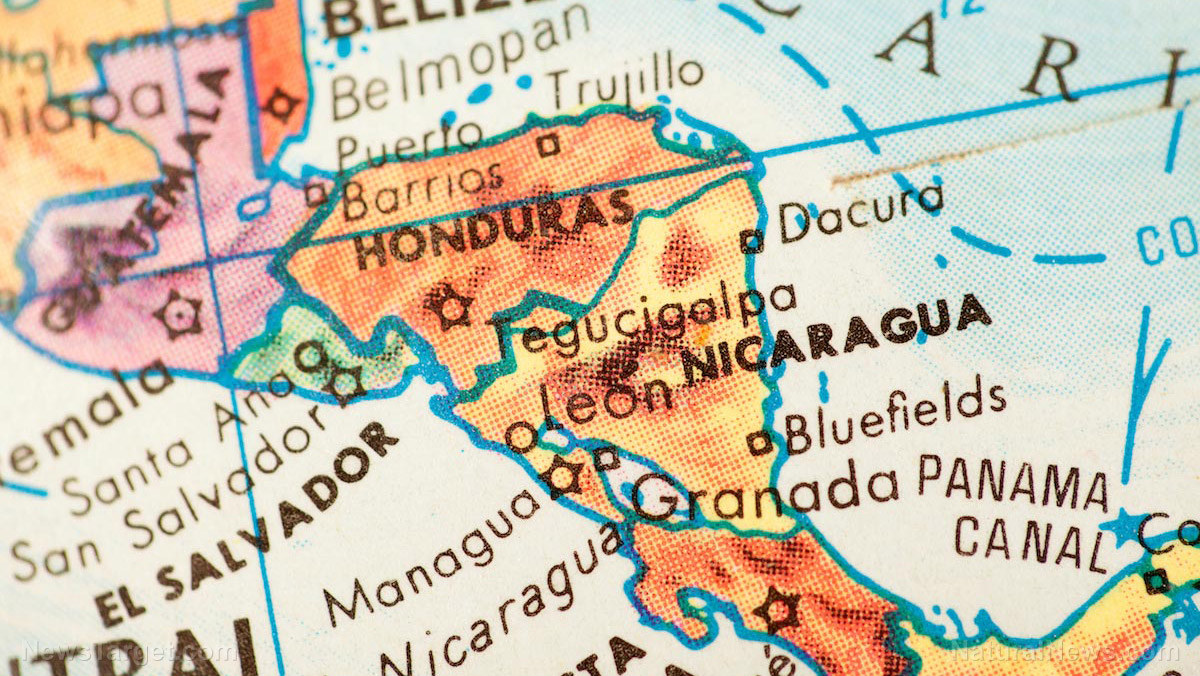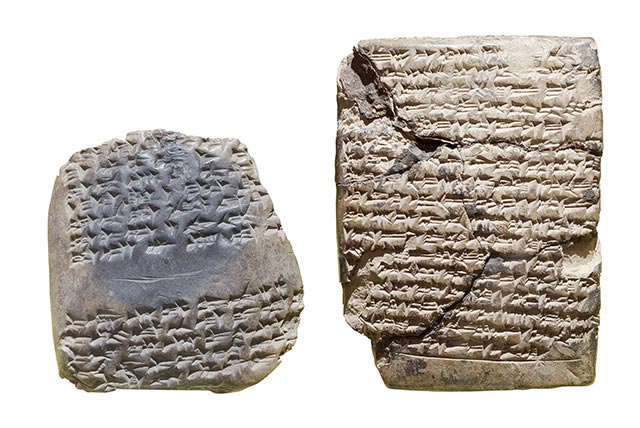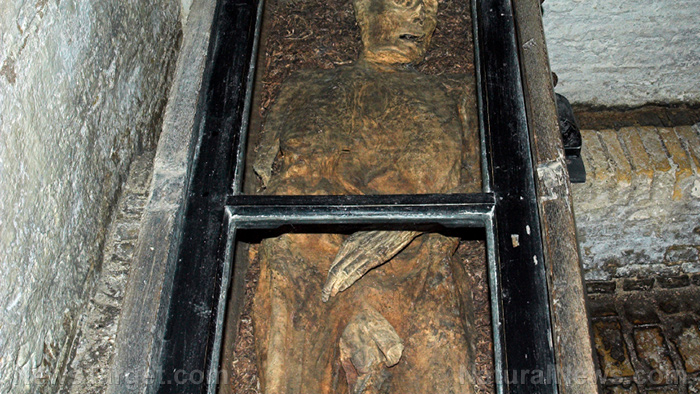
Historians used to believe that the Maya were a kind and relatively peaceful civilization and that the kind of warfare they engaged in was mostly ritualized. In particular, this was limited to the procurement of prisoners of war for tribute and ransom, and civilians would largely have been ignored.
Recent evidence, however, is saying that it's the complete opposite. In their study, the team stated that the Maya might have practiced an early form of total war, or a war in which rules of engagement are disregarded and civilian lives and infrastructure are greatly affected. (Related: Archaeologists unearth 2 trophy SKULLS in Belize jungles: Macabre artifacts will be used to study the collapse of the Maya civilization.)
Maya cities were burned down – an act of total warfare
The researchers, who published their findings in the journal Nature Human Behavior, came to their conclusions while studying past environmental changes around Witzna, a Maya archaeological site in northern Guatemala.
At Witzna, the researchers came across an inch-thick layer of charcoal at the bottom of nearby Lake Ek'Naab. The layer was unlike any other natural fire recorded by the sediment of the lake, which could be a sign of extensive burning, according to the team.
The charcoal layer was dated to be from between the years 690 and 700. This coincides with a date etched onto a stele, or a tall stone slab, discovered in Naranjo, a Maya city located 20 miles south of Witzna. The inscription on the stele stated that on May 21, 697, a place known as “Bahlam Jol” was attacked and burned down for a second time. Bahlam Jol is what the ancient Mayans called Witzna.
“We now have, for the first time, a picture of the broader impacts of a Classic-period Maya attack,” said David Wahl, an adjunct professor of geography at UC Berkeley and a researcher for the U.S. Geological Survey.
“We see that the tactics used had negative consequences for the local population in such a way that, in this case, the trajectory of settlement in the city was permanently changed.”
After discovering the layer of charcoal and connecting it to the inscription on the stele, the researchers examined the ruined monuments at Witzna and saw more evidence of burning. This meant that the attackers of Witzna might have set the entire city and its surrounding countryside on fire.
The event also led to a sharp decrease in human activity in the region, which indicated a great loss of life, or widespread migration from Witzna as a result of the attack.
Mayans were very warlike during this period
According to Francisco Estrada-Belli, an anthropologist from Tulane University in Louisiana and co-author of the study, the burning of Witzna does not definitively prove that the Maya engaged in total warfare. However, it does point to a trend found in evidence that the Maya engaged in very warlike behavior during this period.
The symbol on the stele used to describe the burning of Bahlam Jol – “puluuy” – has been seen by previous researchers at other Maya sites. This suggests that the burning of entire cities was a common practice in Maya warfare. Coupled with the discovery of mass burial sites, fortified cities and the fact that the Maya fielded large standing armies, the evidence heavily suggests that the Maya were a lot more warlike than previous historical understanding has believed.
The Classic Maya civilization ended around the year 900. Several theories have been put forward attempting to explain why this civilization suddenly disappeared, and many of their great cities in Central America fell to ruin – including an environmental catastrophe, disease and overpopulation. With this discovery, the Mayan propensity to engage in acts of total warfare now strongly stands as another possible factor in their demise.
Sources include:
Please contact us for more information.























